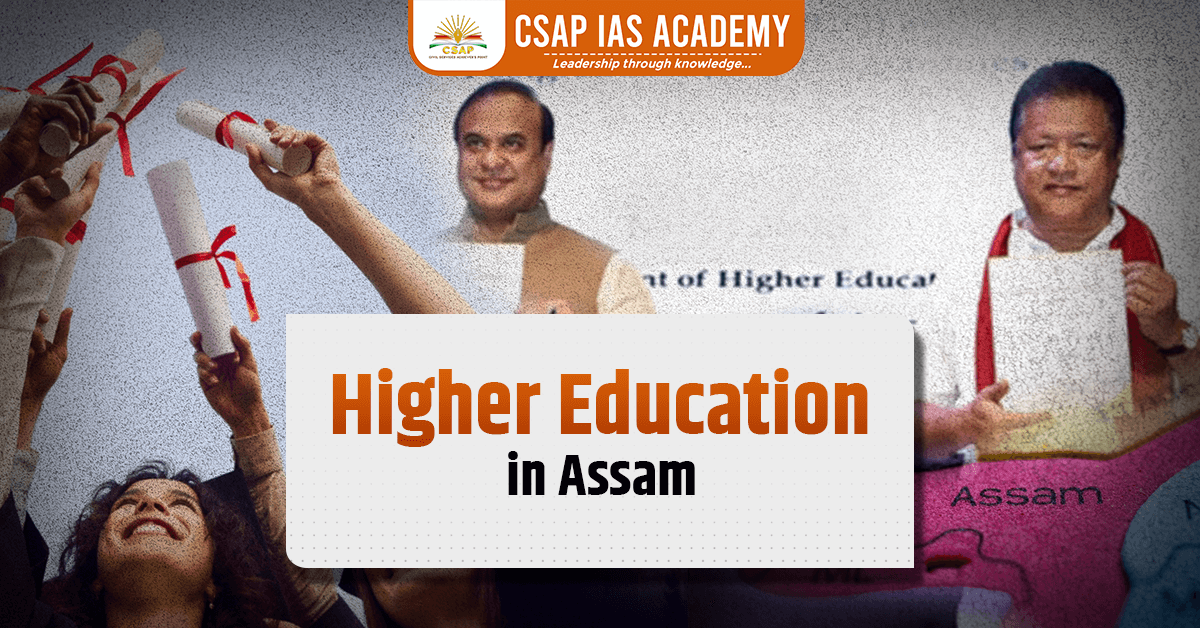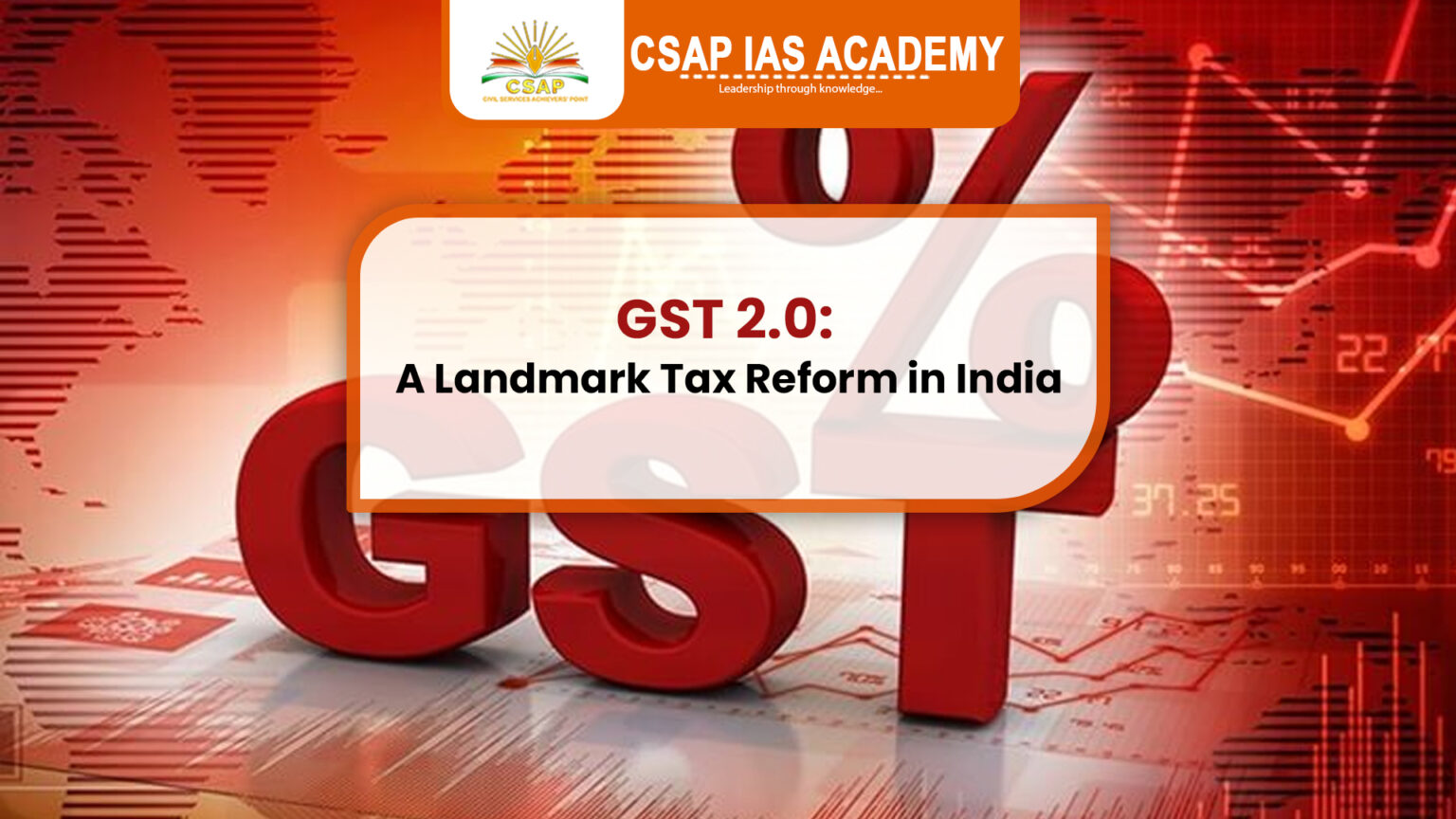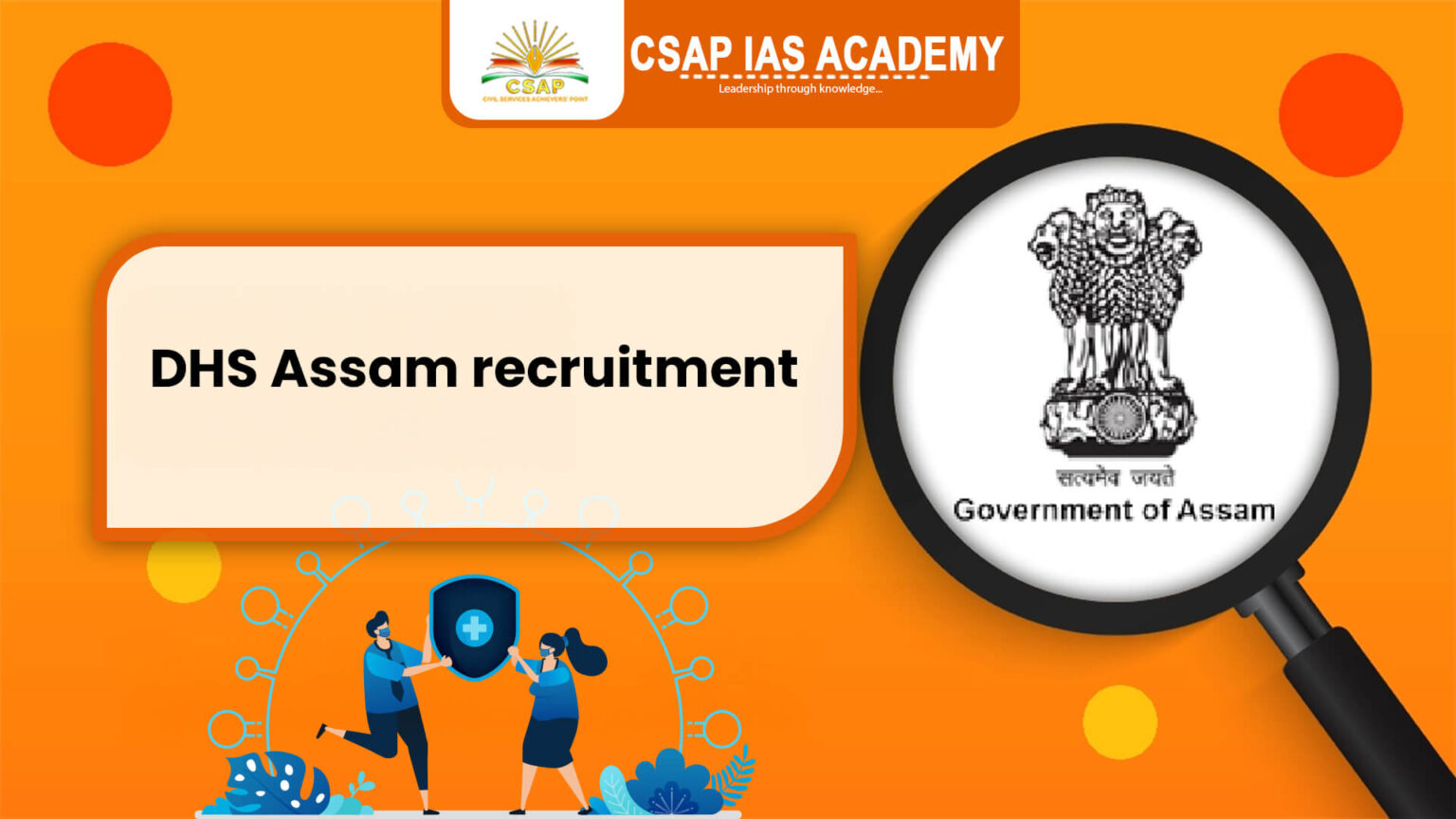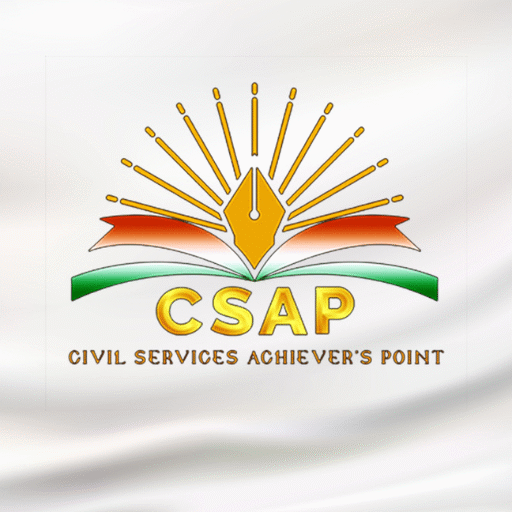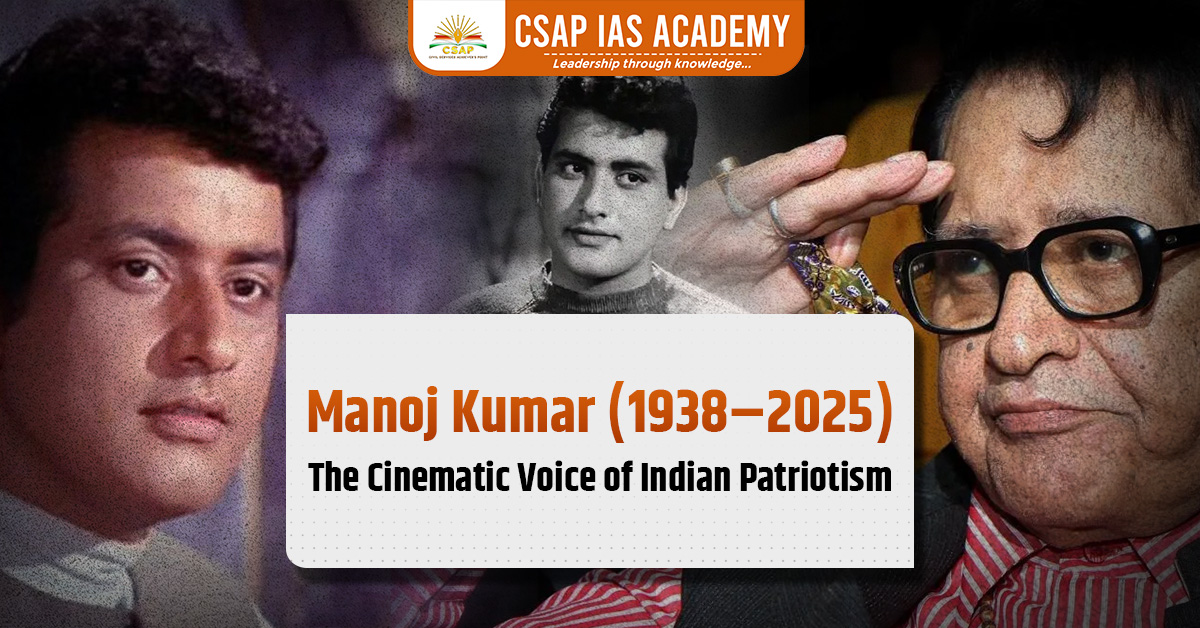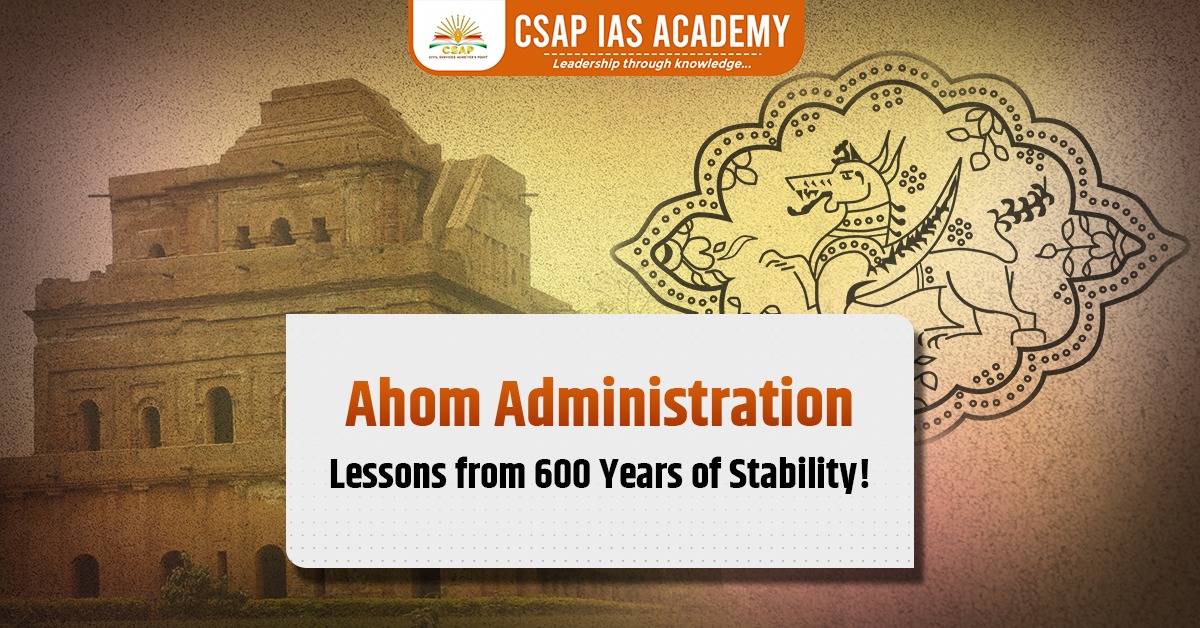Higher education in Assam has witnessed significant growth over the years, yet it continues to grapple with challenges that hinder its progress. Despite being home to numerous universities, colleges, and research institutions, the sector faces critical issues such as inadequate funding, outdated teaching methodologies, and lack of infrastructure.
While various government initiatives aim to improve access, equity, and quality, the need for a comprehensive strategy remains urgent. This blog delves into the key challenges confronting higher education in Assam and explores potential solutions that can transform the academic landscape for future generations.
In 2011, the literacy rate of Assam was estimated to be 73.18% (78.81% male and 67.27% female). The literacy rate of Assam is slightly below the national average of 74.04%.
THE CHALLENGES BEFORE HIGHER EDUCATION IN ASSAM
It is our 77th year of independence still our education system has not been developed fully. Although Higher Education has gradually
expanded in Assam since independence, issues involving access, equity and quality still continue to present challenges that need to be address.
Here are the major challenges faced by the higher education of Assam at various levels
Inadequate funds
Most of the higher educational institutions in Assam are suffering from limited funds. As a consequence, they are constricted to expend on areas like improvement in technology and research based activities.
Inadequate infrastructure facilities
Assam’s higher education system faces challenges due to poor infrastructure, lacking basic amenities like computerized libraries, laboratories, electrical facilities, toilets, and classrooms.
Lack of innovative outlook and research
Assam’s higher education institutions lack innovative outlook and research, hindering teacher and student development. Emphasis on bookish knowledge over research activities.
Lack of modern teaching method
Assam’s higher education institutions lack innovative outlook and research, hindering teacher and student development. Emphasis on bookish knowledge over research activities.
Dominated by the examination system
Assam’s higher education is heavily influenced by exams, limiting experimentation, talent expression, and freedom of study, causing fear, jealousy, nervousness, and unhealthy competition among students.
Lack of job-oriented course
In today’s competitive world, educational institutions in Assam are still offering traditional courses despite the global demand for professional courses.
Measures that can be taken for higher education in Assam
Proper infrastructure
To create a healthy environment in higher educational institutions of Assam; the infrastructure of the institution
should be developed. Better infrastructure must be provided in higher educational institutions.
Innovative teaching methods
Traditional teaching methods are outdated and unsuitable for modern students. Innovative, engaging, and diverse methods should be introduced in higher education institutions to cater to diverse learning styles.
Adopting emerging technology
New technologies offer progress in various aspects, including education. To enhance higher education quality, audio-visual technologies,
internet connectivity, teaching aids, and course designs should be utilized, enhancing teaching effectiveness.
Better amenities for research and technological development
Research and technology developments are inseparable components of any higher education institution. Proper amenities and funding, scholarships are necessary for the development of this sector.
Provide quality education
The emphasis should be on providing quality education that meets societal needs and promotes practical learning, with higher education institutions recognizing the need for improvement.
The focus should be on delivering high-quality education that caters to societal needs and encourages practical learning, with higher education institutions acknowledging the need for enhancement.
Axom Sarba Siksha Abhiyan Mission (A.S.S.A.M)

Axom Sarba Siksha Abhiyan Mission (A.S.S.A.M) was established in 2001 to implement Sarva Siksha Abhiyan (SSA) in Assam. The government launched various schemes and programs to achieve Universalization of Elementary Education (UEE), including Operation Black Board, Shiksha.
Karmi Project, Andhra Pradesh Primary Education Project, Bihar Education Project, U.P Basic Education Project, Mahila Samakhya, Lok Jumbish Project, and Teacher Education Scheme. In Assam, Axom Sarba Siksha Abhiyan Mission (A.S.S.A.M) has been implementing the National flagship programme of Sarba Siksha Abhiyan (SSA) with the basic objectives of:-
- providing schooling facilities in the habitations hitherto un-served by any schooling facility in a clear time frame; enrolling all children of the age group 6-14 years in schools/alternative schools/back to school camps etc.;
- retaining the children within the schooling system for the whole period of elementary education;
- improving quality in education through teachers’ training, provision of teaching learning materials, textbooks etc.;
- promoting social justice amongst socially backward communities, caste, tribes etc. and
- gender sensitivity amongst all and effective involvement of Panchayati Raj Institutions and Peoples’ Committees in management of schools.
With the enactment of the Right of Children to Free and Compulsory Education Act, 2009 (RTE) and the Act coming into force from 1st April, 2010 across the country, Axom Sarba Siksha Abhiyan Mission along with SCERT and Directorate of Elementary Education, Assam has been notified as the “Implementing Authority of the Act”.
The Social Security Act (SSA) offers various interventions, such as new schools, special training centers, and additional classrooms, to
ensure children aged 6-14 receive free and compulsory elementary education.
These provisions must align with the RTE Act, which mandates a justifiable legal framework for children’s right to an education of reasonable quality, based on equity and non-discrimination principles.
Gunotsav

Gunotsav is a state Government initiative for improvement of quality of school education. The four core areas viz. Scholastic (learning outcomes of children), Co-scholastic, Infrastructure and community participation are evaluated in Gunotsav exercise. Schools are graded as A+, A, B, C and D on the basis of performance (90% on Scholastic, 5% each on Co-scholastic & other areas Community Participation
and contribution).
The Gunotsav exercise aids in identifying learning gaps and implementing remedial measures for all children. The government has included the schedule in the school’s academic calendar, with the fifth round scheduled for January and February 2024.
There will be both Self Evaluation and External Evaluation. For school, evaluation will be for two days (Day-1 Self Evaluation and Day -2 External evaluation) and for state, evaluation will be for four days (Day-1 Self Evaluation and Day-2, 3, 4 External evaluation).
Scholastic evaluation will be for class I to IX.
All Government/Provincialized/Tea Garden Model Schools/Tea Garden Managed Schools/ Adarsha Vidyalayas/ KGBVs/ Netaji Subhash Chandra Bose Avasiya Vidyalayas (Residential Schools) of Elementary and Secondary level will be covered.
The districts will be covered in three phases. Schools of each district will be distributed over three days for external evaluation. 100% schools will be evaluated.
Hon’ble Chief Minister, Hon’ble Minister, Hon’ble MPs, Hon’ble MLAs, Chief Secretary to the GOA, Senior IAS, IPS and IFS officers and
other class I & II officers of the state are engaged as External Evaluator in the exercise.
The whole exercise will be conducted following a robust mechanism with use of technology- OMR based evaluation (from Class–III onwards, students fill up the OMR sheet themselves), reshuffling of teachers within cluster on the day of External evaluation through randomization software to carry out their duties in different schools in a transparent manner etc.
The External Evaluators will submit School Evaluation with modification, changes, if any and also their confidential report through portal.
Assam Pragyan Bharati Scheme

- The Assam Government has released a new Scheme For all of the girl’s students who have scored good marks in class 12th. Nodal Ministry Department of Higher Education, Assam.
- Department of Higher Education, Assam is the nodal department of this scheme.
- Under the scheme, Assam Government provided scooter to all of the girl students.
- A total of 287 nos. of Scooties were distributed to the meritorious girl’s student who secured 1st class in HS Examination 2019.
The following benefits are provided under the Assam Pragyan Bharati Scheme-
Scooter will be provided to all the girls who get 1st division in Class 12th. The following persons will be eligible under the Assam Pragyan Bharati Scheme: –
- Permanent resident of Assam State.
- Should get 1st division in Class 12th.
- Should study in a government school in Assam.
- Applicant must be female.
Eligible Persons Can Avail the benefits of Assam Pragyan Bharati Scheme by applying in the following manner: –
Through Online Pragyan Bharati Scheme Portal.
Assam Abhinandan Education Loan Subsidy Scheme

“Assam Abhinandan Education Loan Subsidy Scheme” was launched on 26 December 2019 by the Hon’ble Chief Minister of Assam. The scheme is managed by the Finance Department, Govt. of Assam. The govt. will provide a loan subsidy of up to ₹50,000 on education loans to students pursuing higher education.
This scheme would cover all commercial banks like the Federal Bank and HDFC and also the regional rural banks like Assam Gramin Vikash
Bank within Assam. The objective of this scheme is to encourage students to pursue higher studies by providing subsidies on education loans.
The applicant students can apply for the subsidy by paying 25% of their loans. Only the students who are permanent residents of the state of Assam can apply to this scheme.
To improve the public-school infra- structure in Assam. Reduce infrastructural bottlenecks and grant a better access to the pupils studying in these institutions to world class learning and make them future ready citizen of the country.
Objectives:
Infrastructure development grant to school management committee.
Upgradation to be completed by 2023.
School infrastructure upgradation at 25 lakhs per school for 200 Elementary Schools on a ‘pilot Basis’ (for trying out the potential of the proposed scheme).
Yuva Arohan Scheme Assam 2020
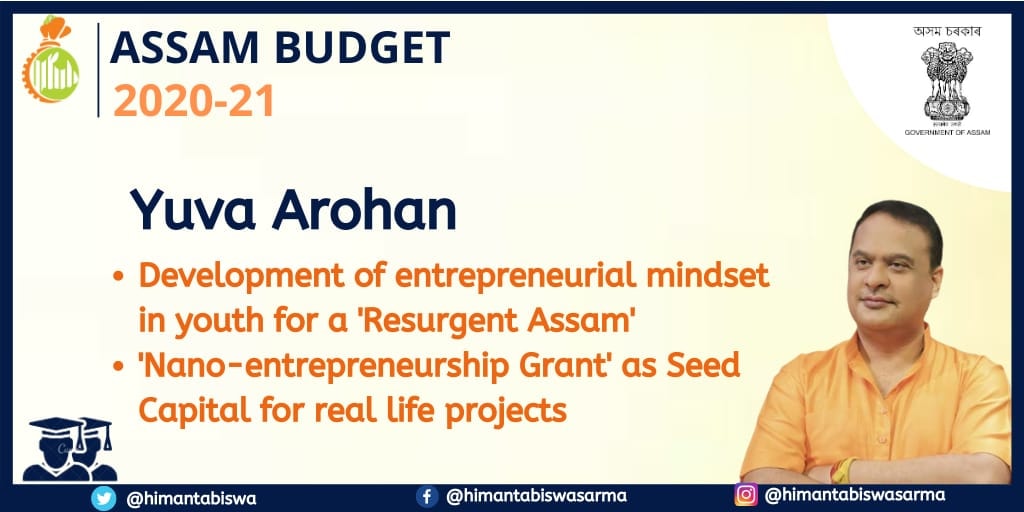
Recently, the government of Assam has started a new scheme for the youths of the state. This special scheme is known as Yuva Arohan Scheme Assam. Now, after Delhi, the government of Assam comes forward to start and produce an entrepreneurship mindset among the schools of the state. This scheme has launched by the then Finance Minister of Assam. Through this scheme, the government will provide different incentives to the beneficiaries respectively.
Now, the students will able to learn entrepreneurship subjects as the common subject in schools in Assam state. The government believes that this will help the students to increase their skills and knowledge. This scheme will help them to get better employment opportunity in different fields.
Benefits of Yuva Arohan Scheme Assam, 2020
• This will increase the skills of the youth of the state.
• Yuva Arohan 2020 will make strong manpower in Assam.
• It will increase the self-believe of the students.
• It will make students self-sufficient and provide then skills.
• Under this scheme, beneficiaries will learn practical knowledge.
Final Thoughts
The path to strengthening higher education in Assam lies in embracing innovation, investing in research, and ensuring infrastructure development. Government initiatives like Gunotsav, Pragyan Bharati Scheme, and the Yuva Arohan Scheme play a pivotal role in bridging gaps, but a collaborative approach involving policymakers, educators, and students is essential.
By prioritizing skill-based learning, fostering a research-driven environment, and modernizing teaching methods, Assam can elevate its education system to national and global standards.
The future of higher education in Assam depends on sustained efforts and visionary policies that empower students and educators alike.
Download CSAP IAS Academy App:

